Nothing expands its affordable offering with a new starter smartphone, the Phone (3a) Lite
Packing all the familiar Nothing tech tropes into a low-cost, high-powered device, the Nothing Phone (3a) Lite should open up the brand to even more customers
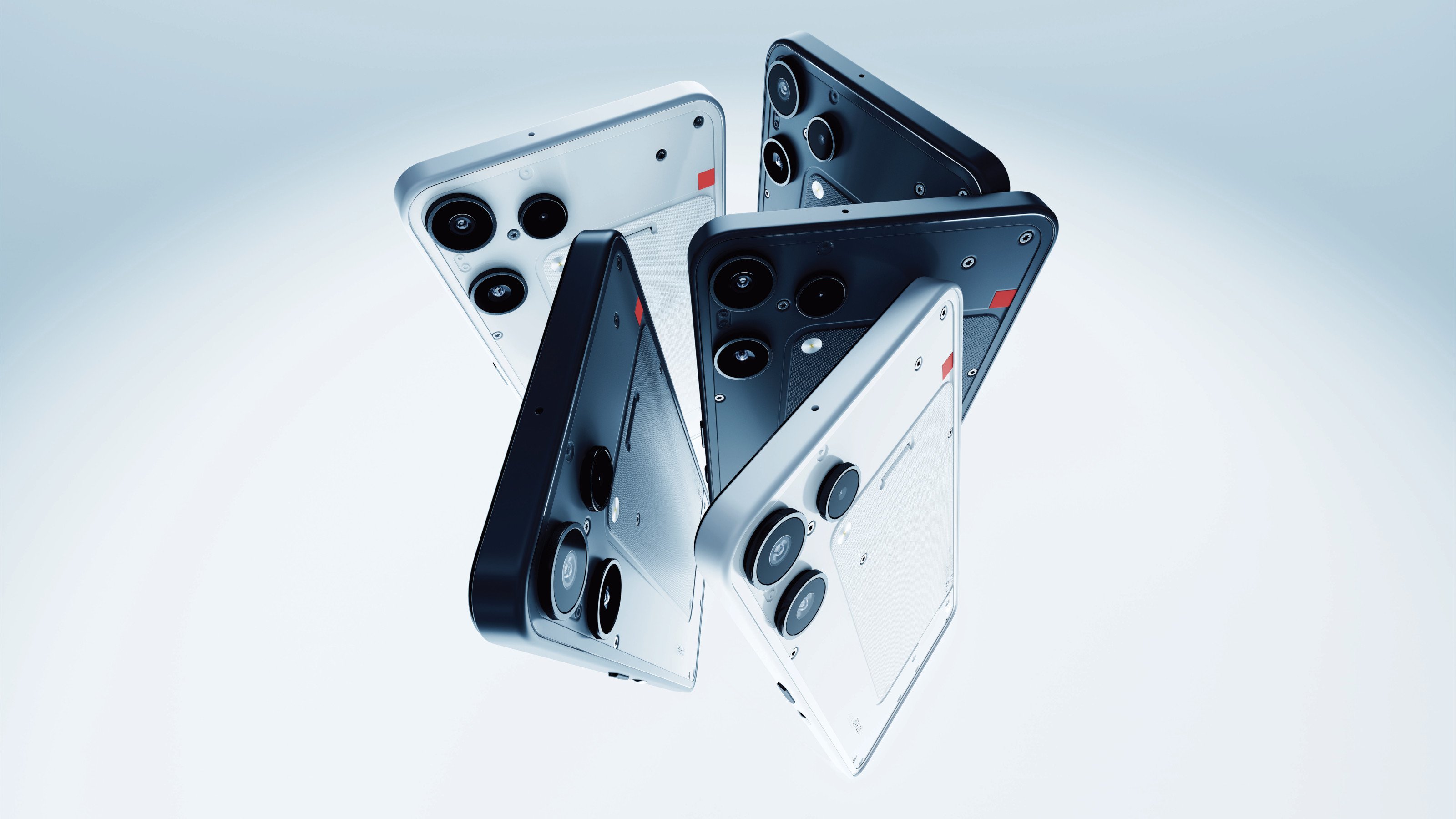
Nothing is having a busy year. Not content with launching the flagship Phone (3), cut down Phone (3a) and a plethora of accessories, Nothing has now revealed Phone (3a) Lite, the mass-market iteration of the 3 series.
No longer a plucky little tech start-up but a full-on powerhouse, Phone (3a) Lite showcases a company with its pedal to the metal, continuing to punch above its weight, yet also highlighting some of the conundrums of the modern tech era.
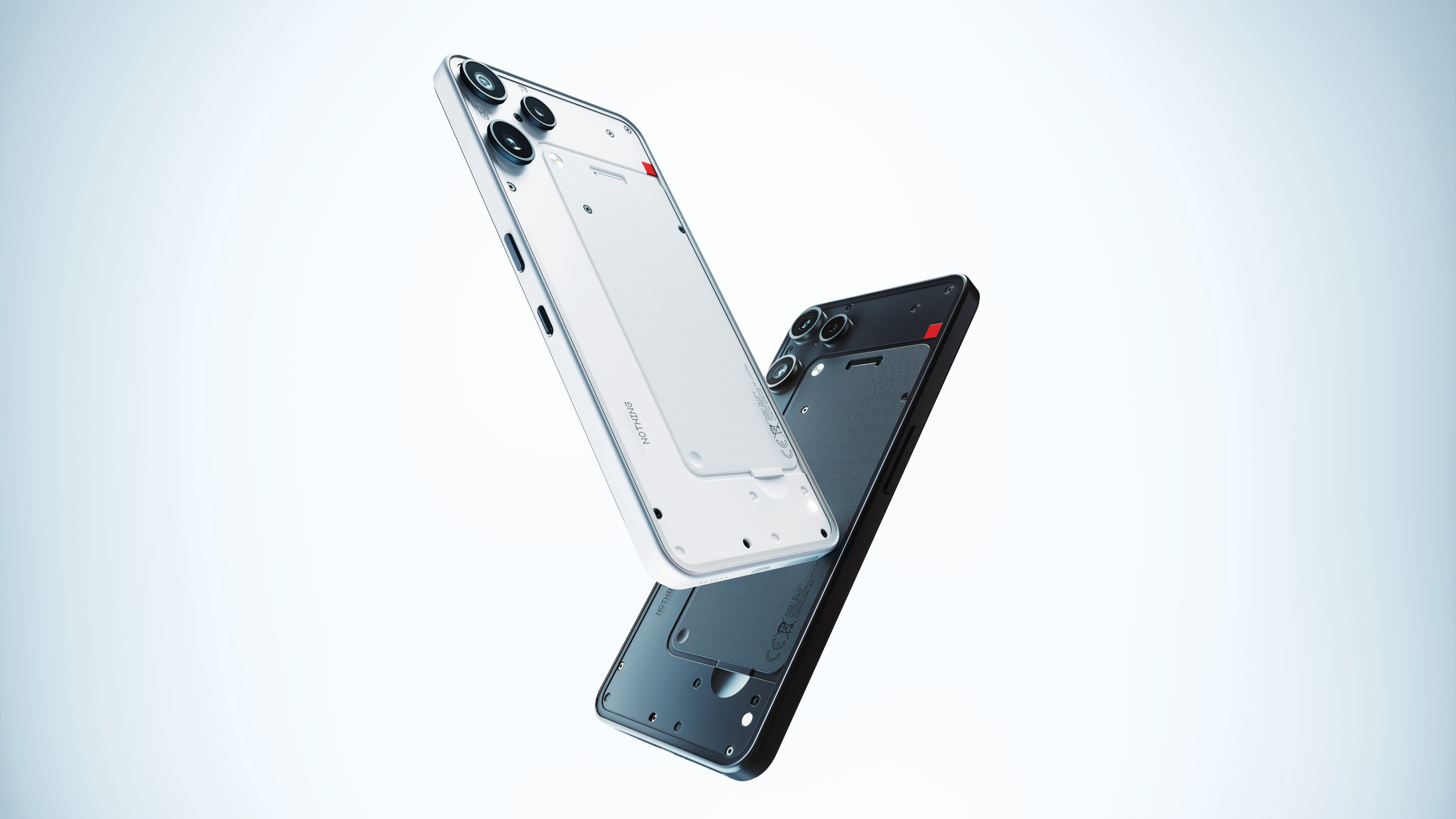
Nothing Phone (3a) Lite is available in white and black
The original Nothing ethos – sparse, minimal aesthetics, a straightforward, unfussy product range and a tight-knit community – are somewhat at odds with the realities of the market. It’s not that consumers demand regular tech and aesthetic upgrades, but that they’ve been conditioned to accept them, and Nothing is in danger of falling in line with the ultimately unsustainable maxim that newer = better.
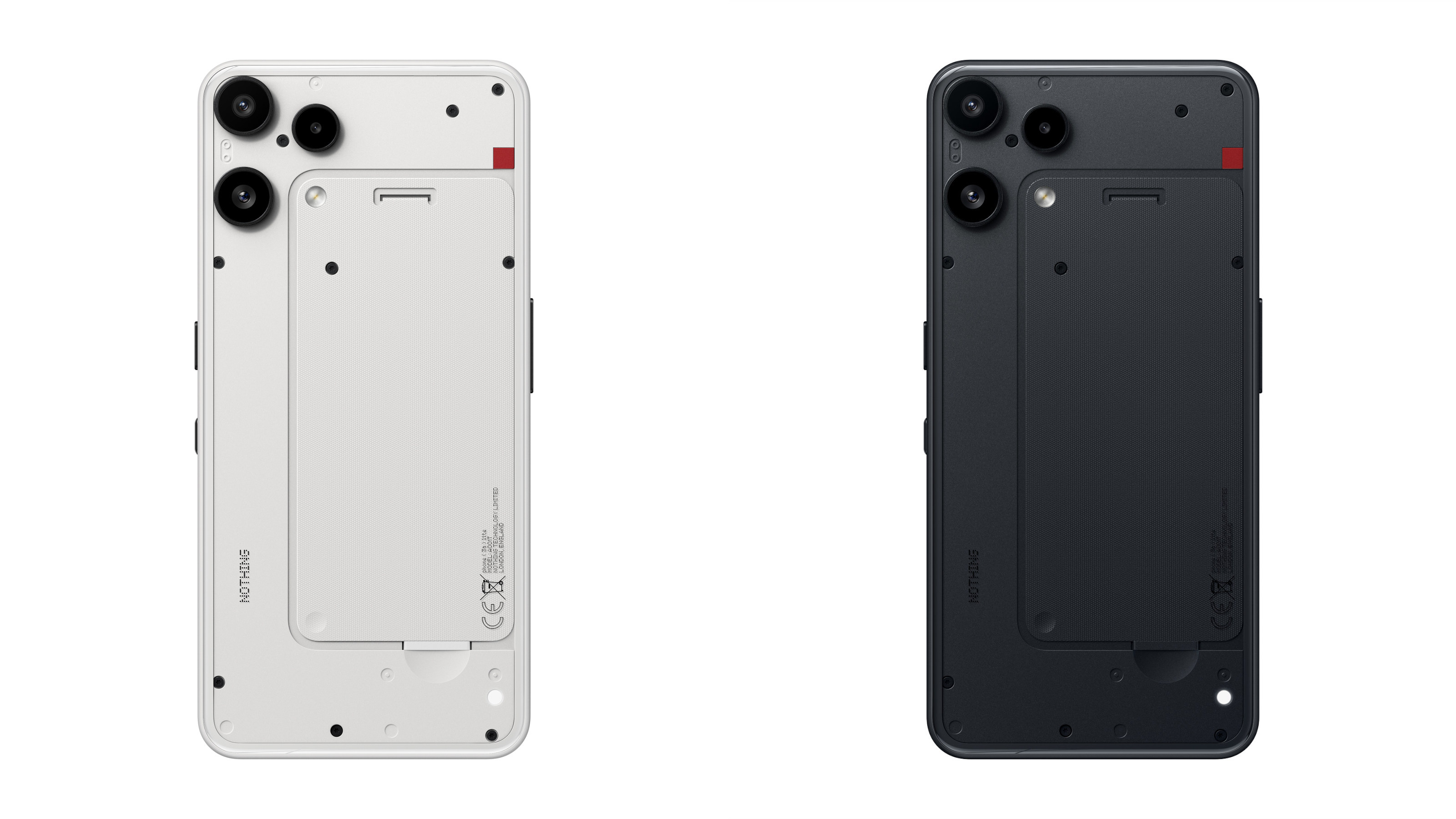
Nothing Phone (3a) Lite
With that said, Phone (3a) Lite will doubtless boost the brand’s visibility with its neat distillation of the Nothing ethos into a much more affordable price point. It’s very obviously a Nothing product, even if it is a tad more rugged and less self-consciously transparent than earlier devices. Phone (3a) Lite is available in straightforward black and white colourways, with a simplified version of the Nothing ‘Glyph Interface’, Glyph Lite, providing visual notifications on the rear of the case.
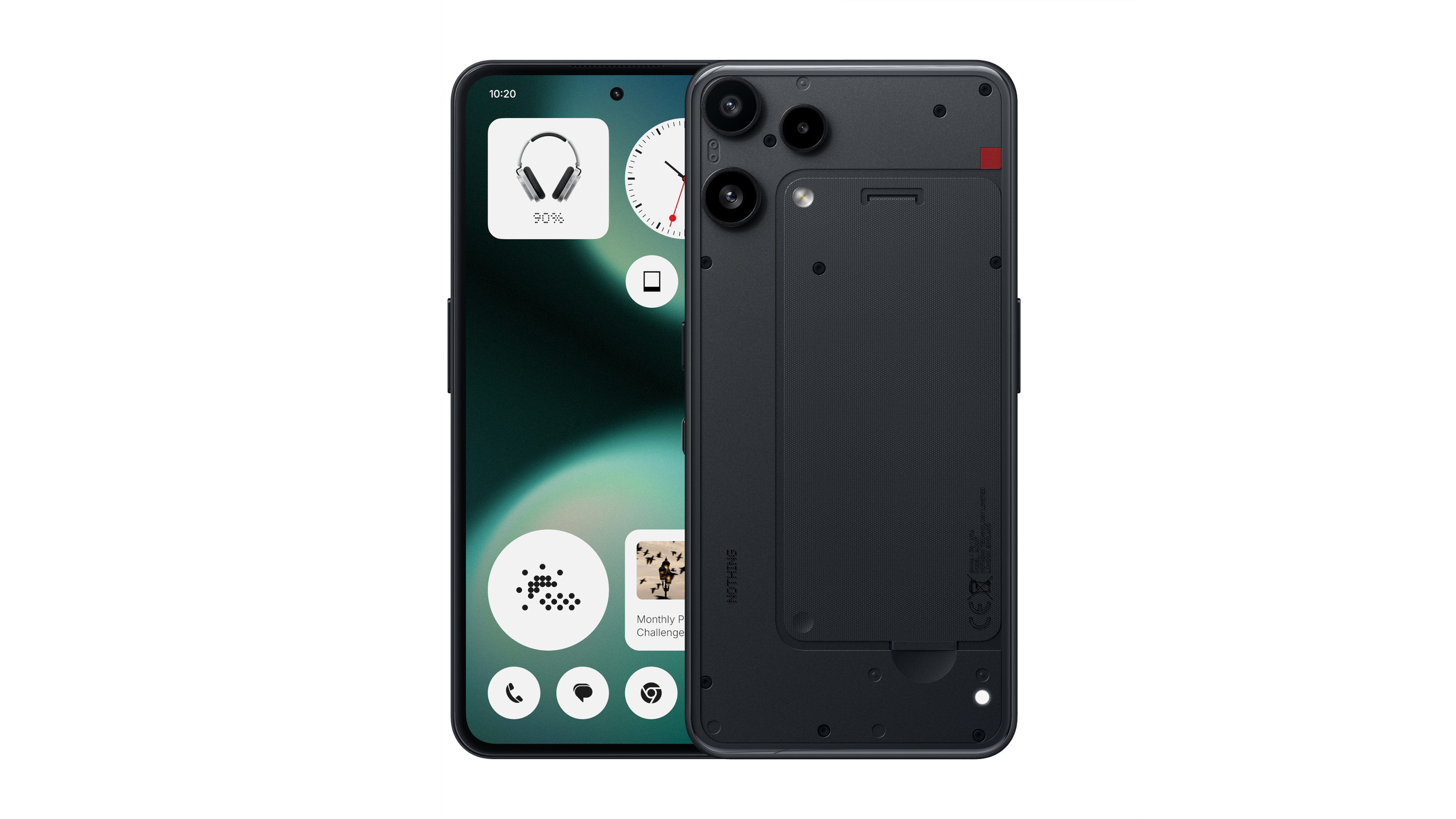
Nothing Phone (3a) Lite in black
Like all Nothing phones, the (3a) Lite prioritises the connection between hardware and software design, running the latest Nothing OS 3.5 sitting on Android 15 (the high-end phones will soon switch to OS 4.0 / Android 16, with (3a) Lite following in early 2026). Three years of OS updates and six years of security updates are included. The 6.77” screen is generously large, giving the whole device a high-end feel (albeit at a time when leading players are pivoting back to smaller, thinner devices as an expression of premium values).
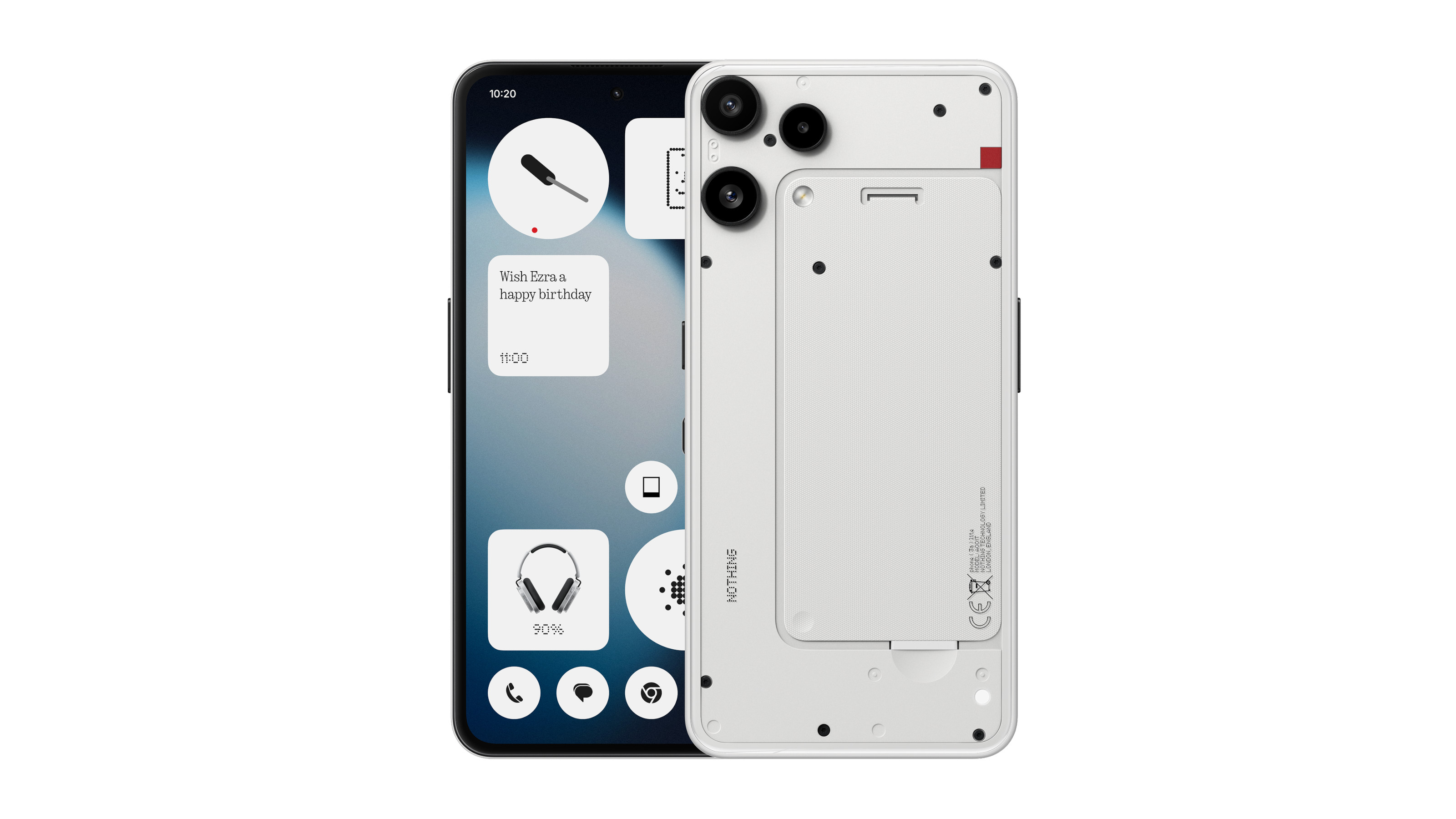
Nothing Phone (3a) Lite in white
The triple-camera system uses a 50 MP main sensor by Samsung with the AI image editing tools found in the rest of the range. Full manual control and RAW capture is also available straight out of the box, along with the Google-developed Ultra XDR photo format. Motion Capture and Night Mode are also available, along with a 16 MP front selfie camera. The main camera can shoot 4K video at 30fps.
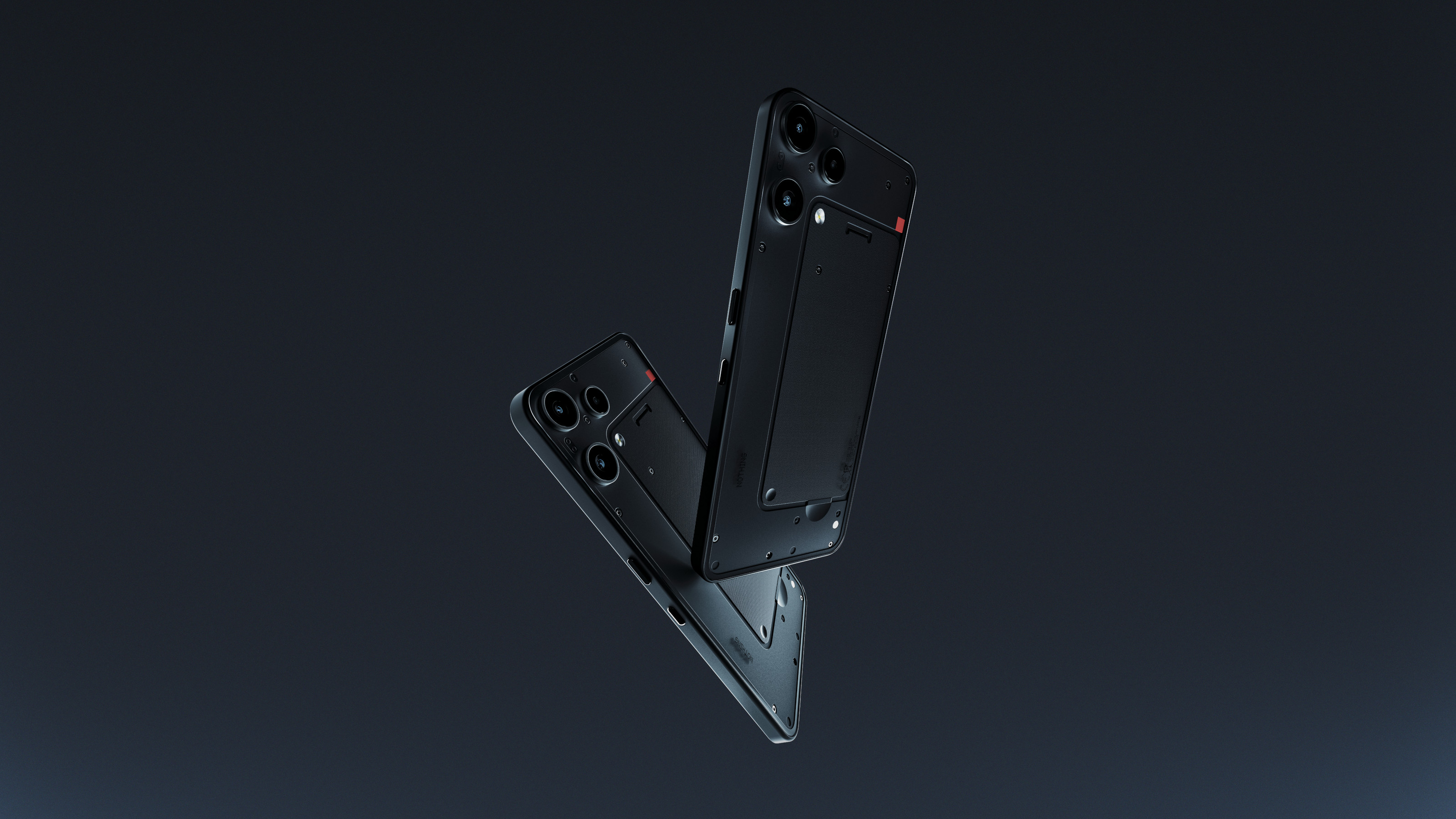
Nothing Phone (3a) Lite
All this represents a substantial upgrade from the earlier Phone (2a), the closest competitor in the Nothing arsenal. The large size also allows for a hefty 5000 mAh battery, with 5W of reverse charging ability for earbuds and other devices. Perhaps mindful of the target audience, Nothing claims the Phone (3a) Lite can manage 22 hours of YouTube playback or 9.5 hours of gaming on a single charge.
Receive our daily digest of inspiration, escapism and design stories from around the world direct to your inbox.
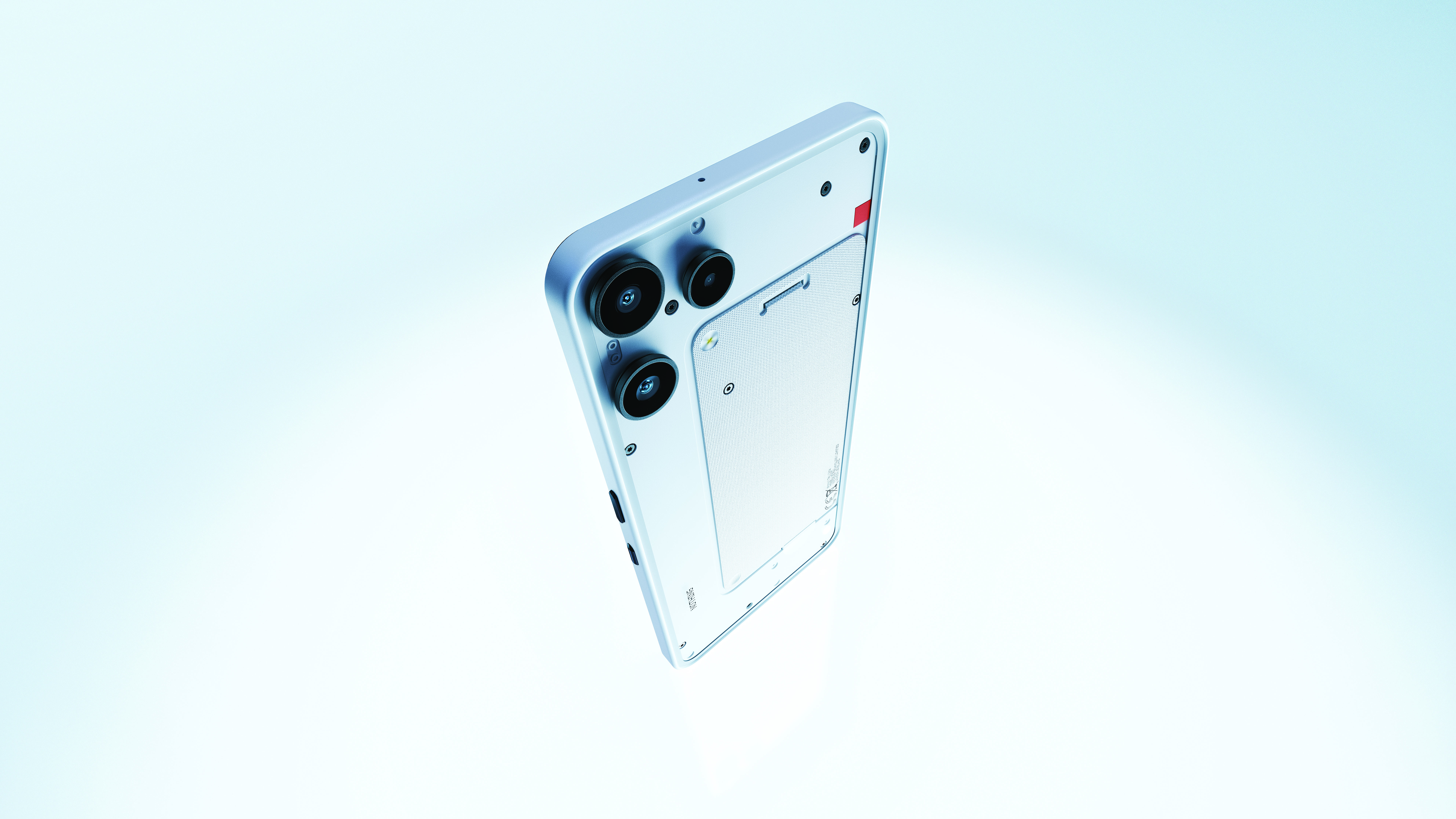
Nothing Phone (3a) Lite
Curiously, Phone (3a) Lite’s biggest competitor is another runner from the Nothing stable, the CMF Phone 2 Pro. The latter starts at £249 and shares the exact screen dimensions, although with double the memory of the equivalently priced (3a) Lite.
Nothing Phone (3a) Lite, £249 / €249 (8+128GB) / £279 / €279 (8+256GB), Nothing.tech, @Nothing
Jonathan Bell has written for Wallpaper* magazine since 1999, covering everything from architecture and transport design to books, tech and graphic design. He is now the magazine’s Transport and Technology Editor. Jonathan has written and edited 15 books, including Concept Car Design, 21st Century House, and The New Modern House. He is also the host of Wallpaper’s first podcast.
-
 Faena New York just landed in the Big Apple – and it's an excuse for a good time
Faena New York just landed in the Big Apple – and it's an excuse for a good timeArgentine hotelier Alan Faena’s first New York address serves up high-octane hospitality with a dash of leopard print
-
 David Goldblatt captures intimate portraits of Johannesburg during apartheid
David Goldblatt captures intimate portraits of Johannesburg during apartheidBetween 1948 and 2016, David Goldblatt returned periodically to Fietas, a suburb in the west of Johannesburg’s city centre, to photograph the impact of apartheid legislation on its residents and landscape. The resulting photographs have now been collected and published for the first time
-
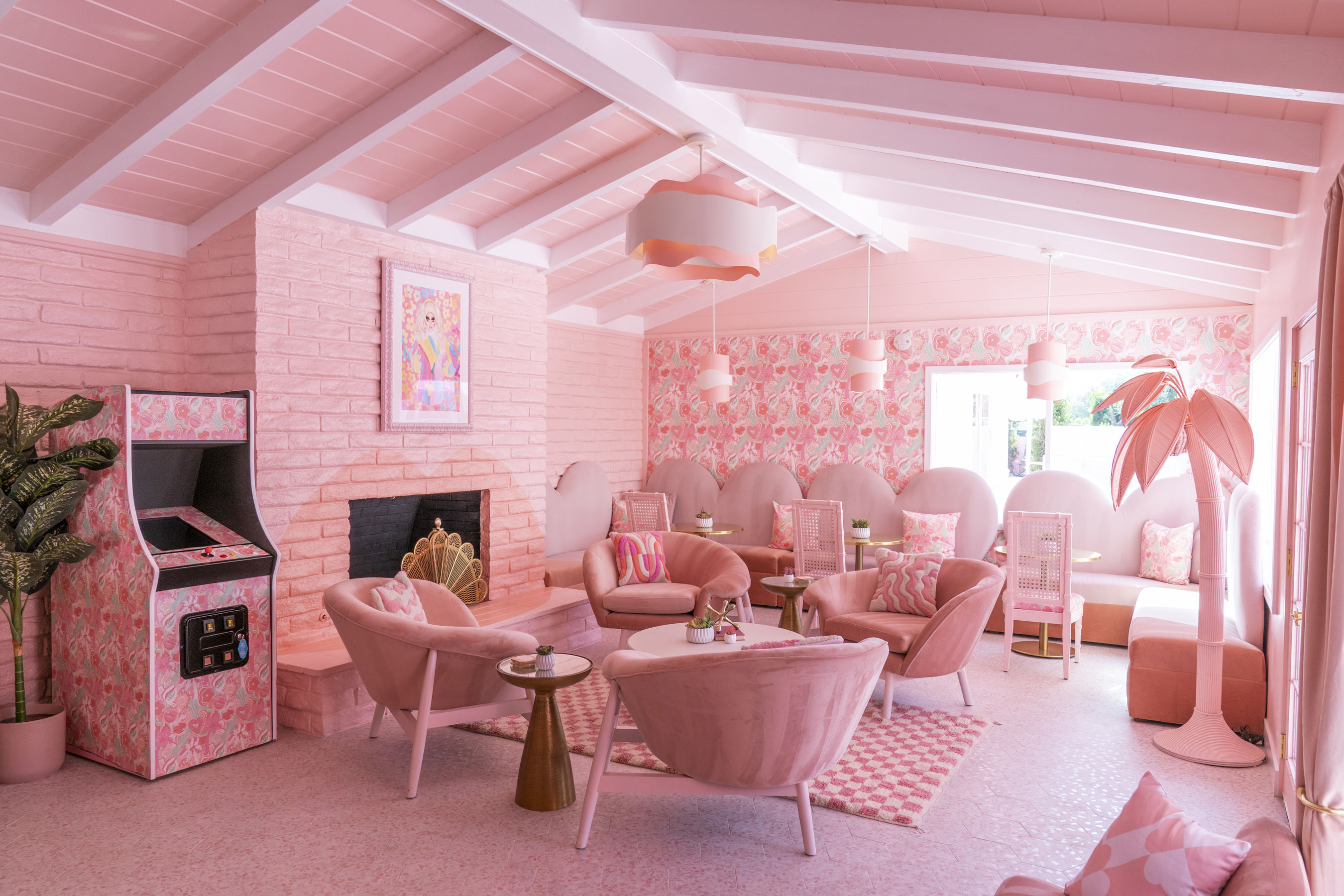 These vintage American motels will have you longing for the open road
These vintage American motels will have you longing for the open road‘Vintage Motels’ documents how the humble roadside stopover has evolved into a design-led destination for a new generation of travellers